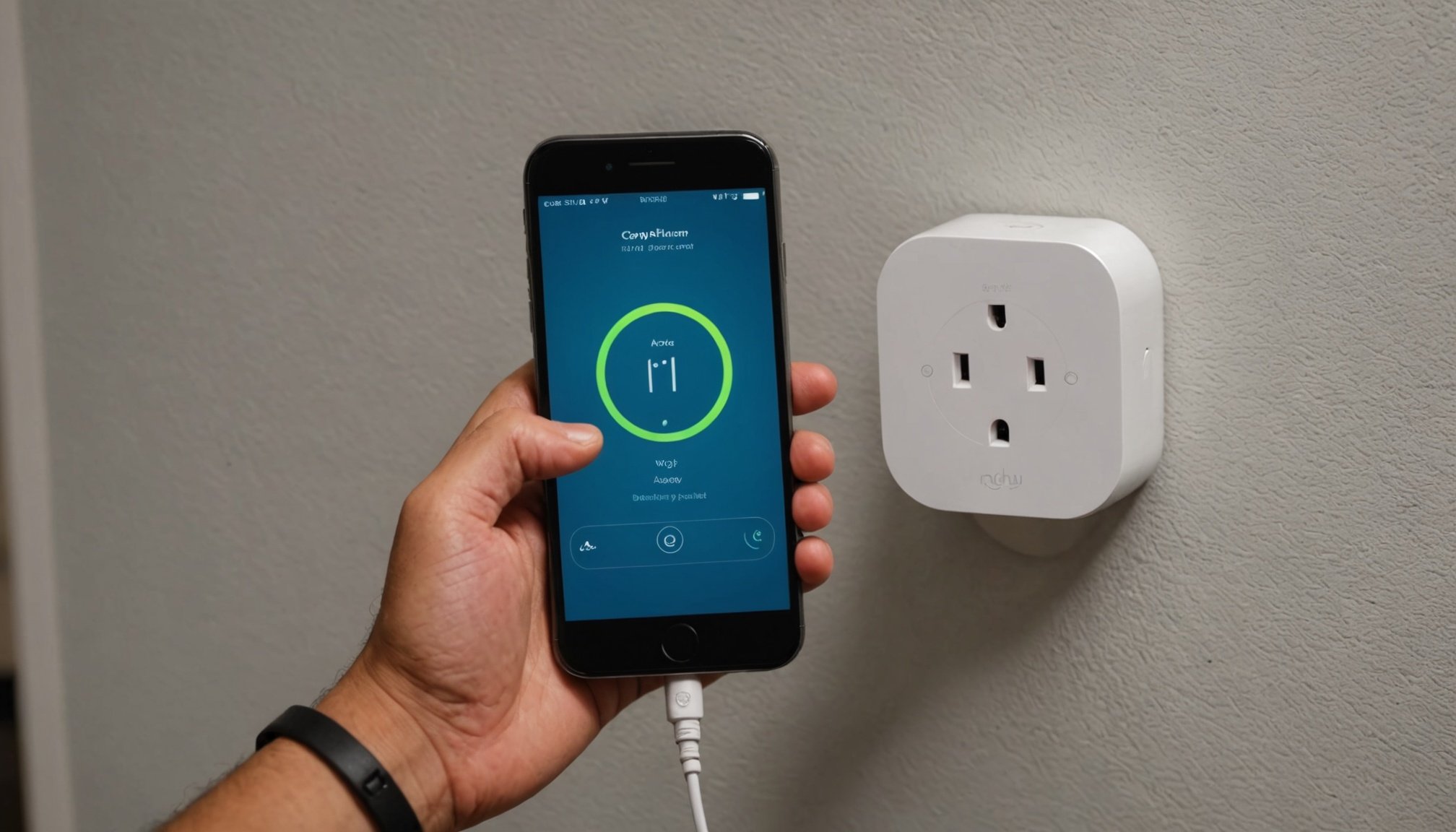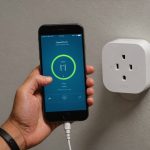Smart plugs revolutionize how you control your home appliances, offering convenience at your fingertips. This guide simplifies connecting your smart plug to your smartphone, ensuring a seamless setup. Whether you're a tech novice or a seasoned user, you'll find easy-to-follow steps tailored for everyone. Smart living is within reach—experience effortless control and efficiency, enhancing your daily routine. Let’s unlock the potential of your smart home together!
Introduction to Smart Plugs
Smart plugs are an essential component of smart home technology, transforming ordinary appliances into intelligent devices. These innovative gadgets plug into your standard electrical outlets and connect to your home Wi-Fi, allowing you to control plugged-in devices remotely through a smartphone app or voice commands. Imagine turning off your living room lamp without leaving the comfort of your bed or scheduling your coffee maker to brew just as you wake up.
Also to see : How to Create a Digital Health Journal Using Your Smartphone?
The benefits of smart plugs are numerous. They offer convenience by enabling you to manage appliances from anywhere, enhancing energy efficiency by turning off devices when not in use, and providing security through scheduled lighting, which can deter potential intruders by simulating occupancy. Additionally, smart plugs can help monitor energy consumption, giving you insights into which devices are energy hogs.
Integrating smart plugs with home automation systems is seamless. Most smart plugs are compatible with popular platforms like Amazon Alexa, Google Assistant, and Apple HomeKit. This compatibility allows them to work in harmony with other smart devices, creating a cohesive and automated environment. With the right setup, you can create routines that trigger multiple actions, such as dimming lights and playing music when you say, "Good evening." This synergy not only enhances convenience but also personalizes your living space.
Also to read : Transform Your Smartphone into a High-Tech Weather Station for Accurate Forecasting!
Necessary Tools and Apps
Setting up smart plugs is a straightforward process, but it requires a few essential tools and apps to ensure a smooth experience. To begin, you'll need a smartphone or tablet with access to the internet, as most smart plug apps are available on both iOS and Android platforms. A stable Wi-Fi connection is crucial, as it allows the smart plugs to communicate with your devices and the cloud.
Setup Requirements
Before you start, ensure your Wi-Fi network is compatible with the smart plug you choose. Most smart plugs operate on a 2.4 GHz frequency, which is common in home networks. It's important to check the compatibility of your router to avoid connectivity issues. Additionally, some smart plugs may require a specific app for setup and operation.
Recommended Smart Plug Apps
Each brand typically offers its own app, designed to maximize the functionality of their devices. For instance, TP-Link's Kasa Smart app is popular for its user-friendly interface and robust features. Similarly, the Wemo app by Belkin provides seamless integration with other smart devices. These apps not only facilitate the initial setup but also allow you to control and schedule your appliances efficiently.
Step-by-Step Connection Process
Connecting a smart plug to your home network involves a few straightforward steps to ensure seamless smartphone integration.
Preparing Your Smart Plug
Before beginning the setup process, ensure your smart plug is compatible with your home setup. Unbox your smart plug and plug it into a standard electrical outlet. Verify that the device's indicator light is blinking, which signifies readiness for connection. If it's not blinking, refer to the manufacturer's instructions to reset the device.
Downloading the Required App
Next, download the specific app associated with your smart plug brand on your smartphone. This app is crucial for the setup process and future control of the device. Search for the app in your device's app store, ensuring you select the official version. Once downloaded, open the app and create an account if prompted, or log in if you already have one.
Connecting the Smart Plug to Wi-Fi
To connect the smart plug to Wi-Fi, follow the app's on-screen instructions. Typically, you'll need to select your home Wi-Fi network and enter the password. Ensure your network operates on a 2.4 GHz frequency, as most smart plugs require this. Once connected, the app will confirm the successful integration, allowing you to control the plug remotely.
Troubleshooting Common Issues
Encountering problems with smart plugs can be frustrating, but understanding common issues and their solutions can simplify troubleshooting. One frequent problem is connectivity. Smart plug problems often arise from a weak Wi-Fi signal or incorrect network settings. Ensure your smart plug is within range of your router and that your network operates on a 2.4 GHz frequency.
Identifying Common Connection Problems
Several factors can cause connection issues with smart plugs. Check if the indicator light on your plug is blinking, signalling a disruption. If not, it might be a sign of deeper connectivity issues. Ensure your smartphone is connected to the same Wi-Fi network as the smart plug during setup.
Solutions for Connectivity Issues
If you encounter connectivity problems, try repositioning your router or using a Wi-Fi extender to strengthen the signal. Double-check that your Wi-Fi credentials are correctly entered in the app. Restart your router if necessary, as this can often resolve temporary glitches.
How to Reset the Smart Plug if Needed
If issues persist, a reset may be required. To reset, press and hold the reset button on your smart plug for about 10 seconds. This action will restore factory settings, allowing you to reattempt the setup process. Always refer to the manufacturer's guide for specific reset instructions.
Enhancing Your Smart Plug Experience
To fully leverage the potential of smart plugs, it's essential to explore their additional features. One of the most useful features is scheduling. This allows you to set specific times for your devices to turn on or off, promoting energy efficiency and convenience. For instance, you can schedule your lights to turn on at sunset and off at sunrise, providing a seamless transition between day and night.
Smart Plug Features and Automation Tips
Timers are another valuable tool in your smart plug arsenal. Timers can be set to automatically turn off devices after a certain period, preventing energy wastage. This is particularly useful for devices like heaters or fans, which may not need to run continuously.
Integrating smart plugs with other smart home devices can enhance your home's automation. For example, linking your smart plug with a smart thermostat can ensure that your heating or cooling devices operate only when necessary. This not only saves energy but also maintains a comfortable home environment.
To maximize the benefits of smart plugs, consider the following tips:
- Prioritize devices that consume more energy.
- Use smart plugs to monitor usage patterns.
- Regularly update the smart plug app to access new features and improvements.











